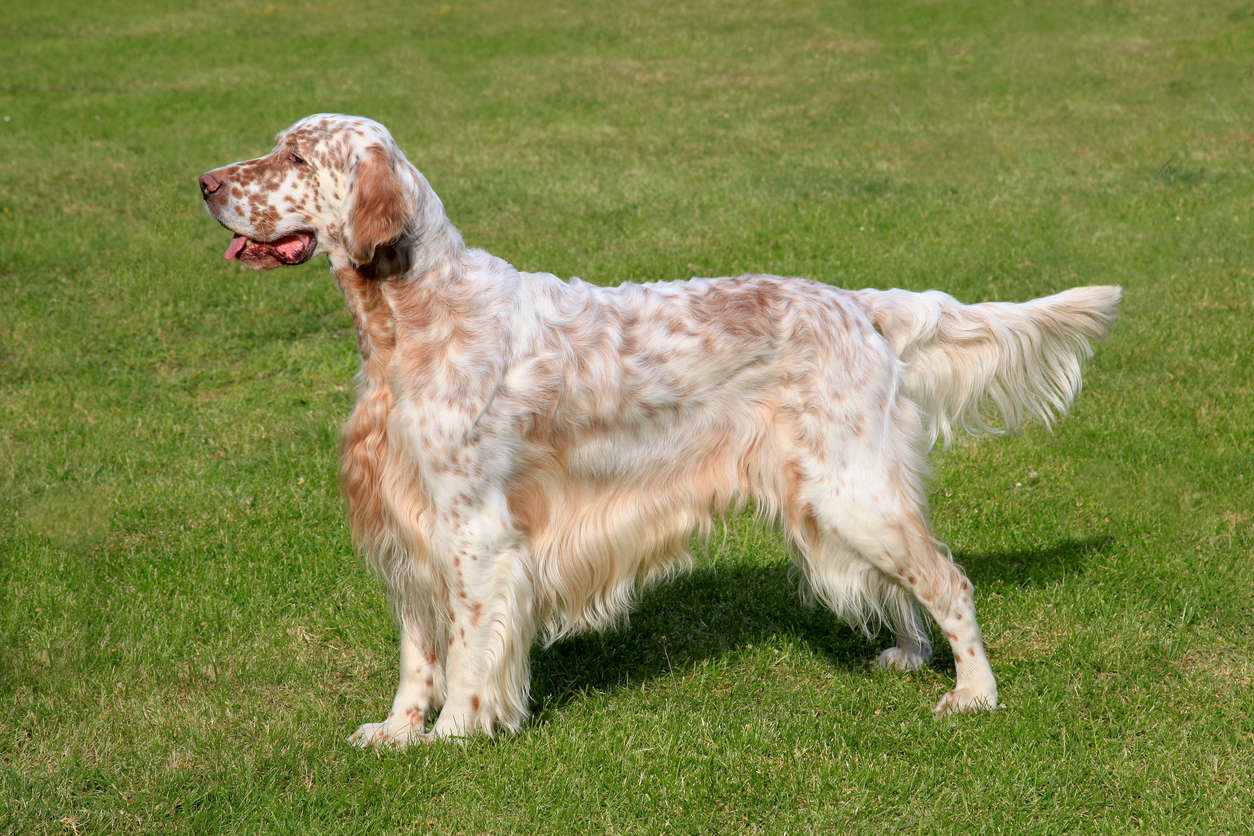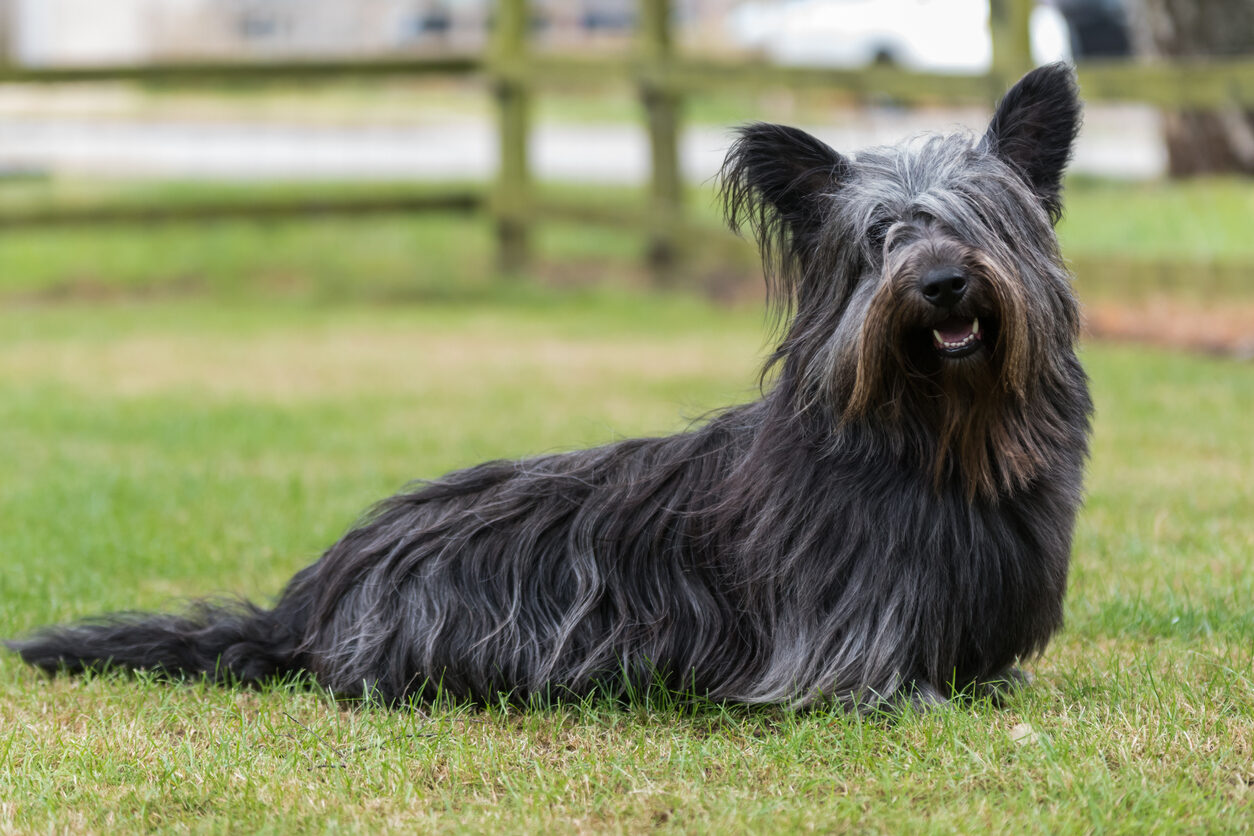
There was a time when these dogs were neighborhood staples, strutting down sidewalks, starring in commercials, or curling up beside fireplaces across the country. But as decades passed and lifestyles shifted, these once-familiar faces have slowly faded from view. Today, many of these breeds are considered rare dog breeds or are clinging to existence in remote pockets of the world. Though they’ve been overshadowed by trendier or more adaptable pups, these forgotten dog breeds carry with them rich histories and devoted fan bases that haven’t let go. Let’s take a walk down memory lane and explore five beloved breeds that were once everywhere—but are now disappearing from sight.
Otterhound

The Otterhound was once a beloved hunting companion in Britain, developed in the Middle Ages to trail otters through rivers and streams. With its shaggy coat, webbed feet, and deep baying voice, the Otterhound became a favorite among hunters and countryside families alike. In the early 20th century, it made its way into American homes as a unique, charming pet.
So why did it vanish from public view? As otter hunting was outlawed and rural lifestyles shifted, the Otterhound lost its primary job. Combined with its size, grooming needs, and relatively high energy, it became less appealing to modern urban dwellers. Today, fewer than 1,000 Otterhounds exist worldwide, making it one of the most endangered rare dog breeds. Still, small pockets of Otterhound lovers in the UK and U.S. work tirelessly to preserve this sweet-natured, goofy breed from fading into complete obscurity. Source: BBC COUNTRYFILE
English Setter

Graceful, freckled, and once a darling of upland bird hunters, the English Setter was a popular family dog in the 1960s and ’70s. Known for its gentle temperament and elegant “feathered” coat, it combined the best of both worlds: a reliable hunting partner and a devoted household companion.
But as hunting became more of a niche hobby and families gravitated toward low-maintenance dogs, the English Setter slowly lost its spotlight. Its long, silky coat requires regular grooming, and its high exercise needs can overwhelm the average pet parent. Though still appreciated by bird dog enthusiasts and rural families, the English Setter has become one of the disappearing breeds in American suburbs. A few dedicated breeders are keeping the legacy alive, but spotting one in your neighborhood is a rare treat these days. Source: Wikipedia
Skye Terrier

With its floor-length coat and dignified bearing, the Skye Terrier was once royalty—literally. Queen Victoria adored the breed in the 1800s, and statues of famous Skye Terriers like Greyfriars Bobby still stand in Scotland. These low-slung, long-haired pups were once as fashionable as French poodles and were found in parlors and parks alike.
But fashion trends changed, and so did our homes. The breed’s long coat demands near-daily brushing to stay neat, and their independent, slightly aloof personalities don’t suit everyone. As toy breeds and Doodle mixes surged in popularity, the Skye Terrier quietly slipped out of sight. Now considered one of the most rare dog breeds, they number fewer than 300 in the U.S. Finding a Skye Terrier today is a rare delight—most often seen at dog shows or with devoted fanciers in the UK. Source: American Kennel History
Harrier

If you’ve ever thought, “That looks like a big Beagle,” you might have glimpsed a Harrier—but chances are, you haven’t. Once a popular scent hound in England and early America, the Harrier was bred for pack hunting and long chases, especially after hares. Their stamina, friendly nature, and athleticism made them perfect farm companions.
So why did they vanish? As fox hunting declined and suburban living expanded, Harriers lost their purpose. They’re too large and energetic for many families, and their relatively obscure name meant they were often overlooked at shelters or by breeders. Despite their excellent temperament, they fell through the cracks of modern pet trends. Today, Harriers are one of the most forgotten dog breeds in the U.S., with only a handful of litters registered each year. They survive mostly with hunting enthusiasts or long-time breed preservationists. Source: Wikipedia
5. Dandie Dinmont Terrier

With its long body, large head, and tuft of white hair like a powdered wig, the Dandie Dinmont Terrier is unlike any other breed. Immortalized in literature by Sir Walter Scott, the breed was once a favored companion of Scottish farmers and English gentry alike. Compact, courageous, and full of character, Dandies were charming little watchdogs. But their unique look fell out of favor as more standardized or hypoallergenic breeds became popular. Breeding Dandies is also challenging due to their low numbers and narrow gene pool. Combined with grooming needs and a stubborn streak, they became a tough sell for modern families.
Today, Dandie Dinmonts are kept alive by passionate fans in the UK and select corners of Europe and North America. Among the disappearing breeds, this little legend still holds a place in the hearts of terrier enthusiasts. Have you ever met one of these rare breeds—or owned one yourself? Share your stories below!


